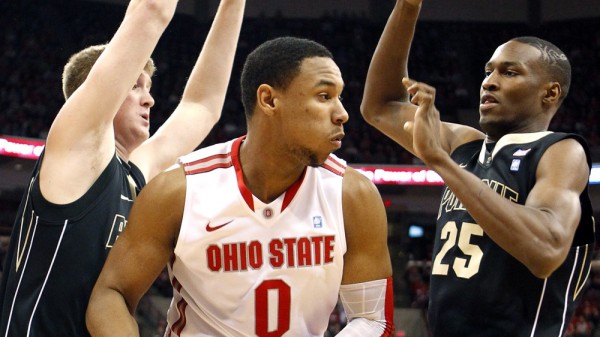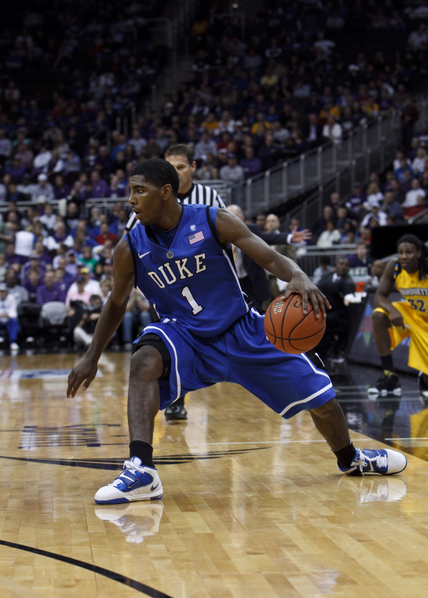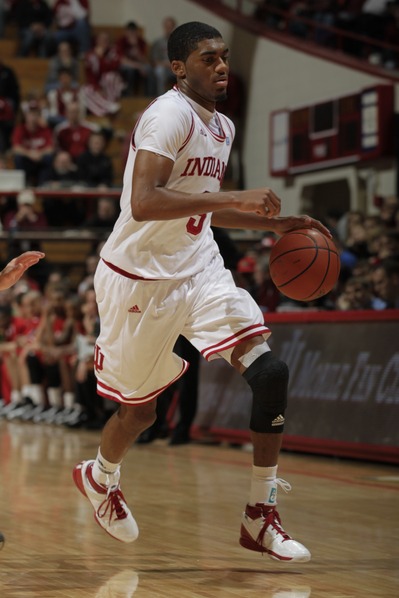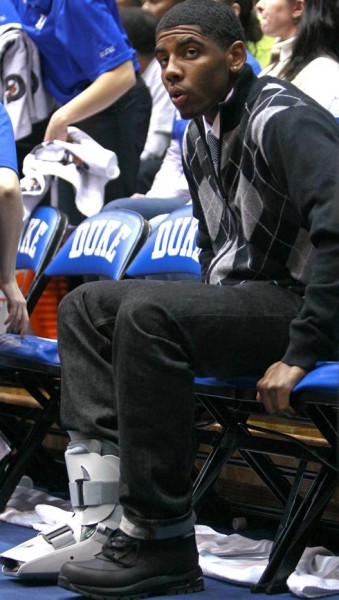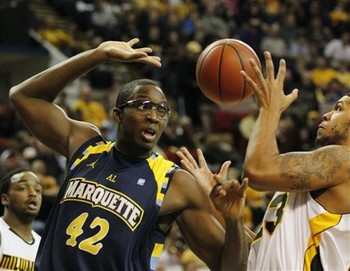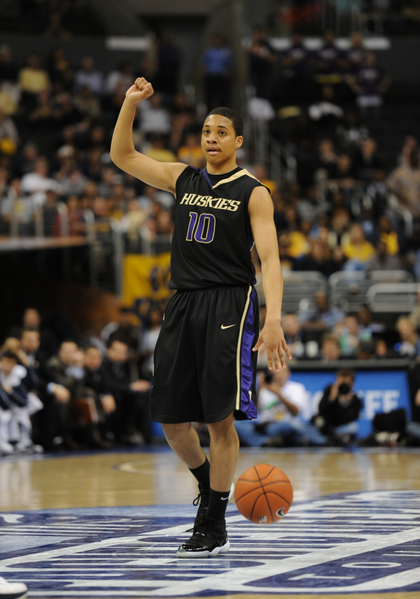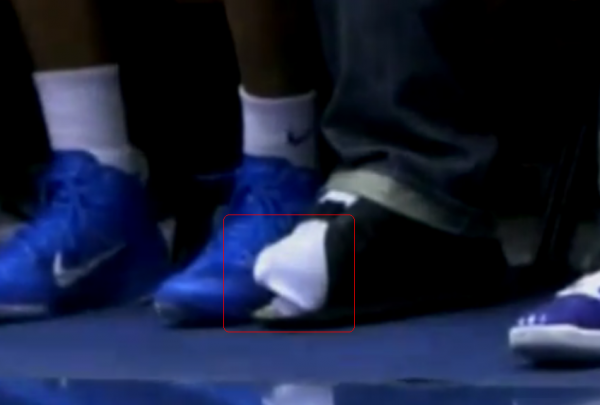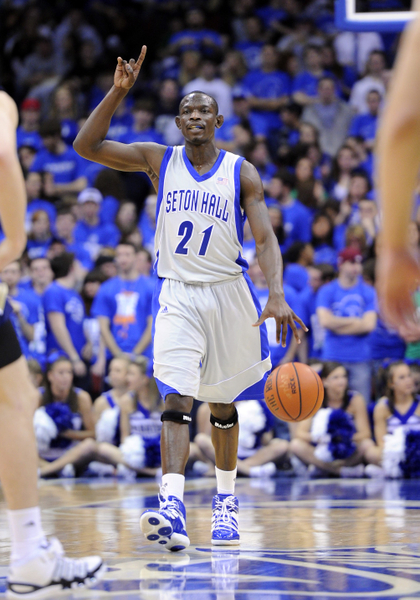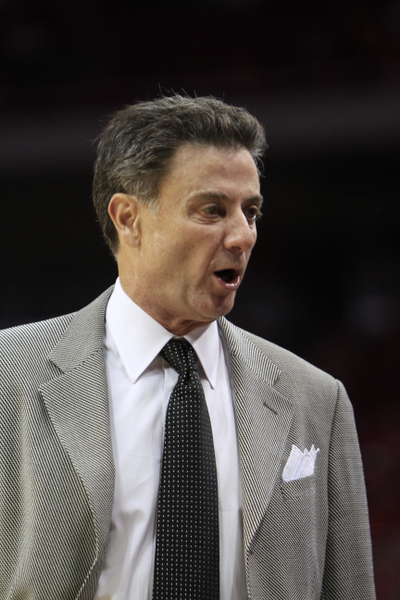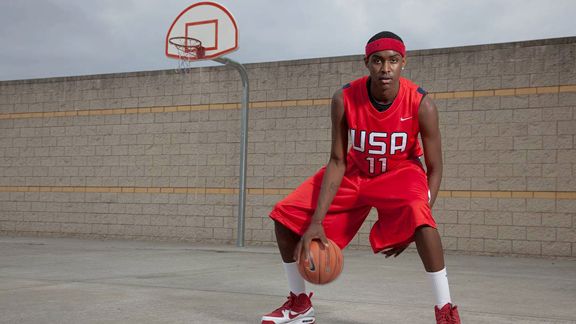Jared Sullinger’s Medical Red Flags Call Into Question His Draft Status
Posted by EJacoby on June 19th, 2012Jared Sullinger was one of college basketball’s biggest stars the past two seasons, entering Ohio State as the #2 consensus player in his high school class and consequently producing at an elite level for the Buckeyes from day one. The 6’9″ fundamental machine averaged over 17 PPG and 9 RPG in back-to-back seasons, becoming a First Team All-American in both years. He led OSU to a #1 seed and Sweet Sixteen appearance in his freshman year before igniting the Buckeyes even further in 2011-12 — all the way to the Final Four. Yet Sullinger saw his draft stock slowly drop throughout college, from a potential #1 pick to just borderline top 10 status as of early June’s Draft Combine, due to concerns about his NBA upside stemming from limited athleticism. He failed to impress during Combine measurements and testing, finishing dead last of 52 competitors in the agility and sprint drills while showing up with 10.7% body fat.
But things got much worse on Monday, after Sullinger was reportedly red flagged by NBA doctors who have serious concerns about a long term back injury. Team doctors worry that “back issues could shorten his NBA career” and some medical staffs “advised their teams not to draft him in the first round,” according to ESPN’s Chad Ford. This news will make it even more challenging for Sullinger’s professional prospects — somehow, this dominant college big man with consistent professional intrigue may not even get selected as a first round NBA pick. Could Sullinger wind up becoming a late steal (think: DeJuan Blair), or should concerns about his physical condition validate passing on him in this deep draft?





























